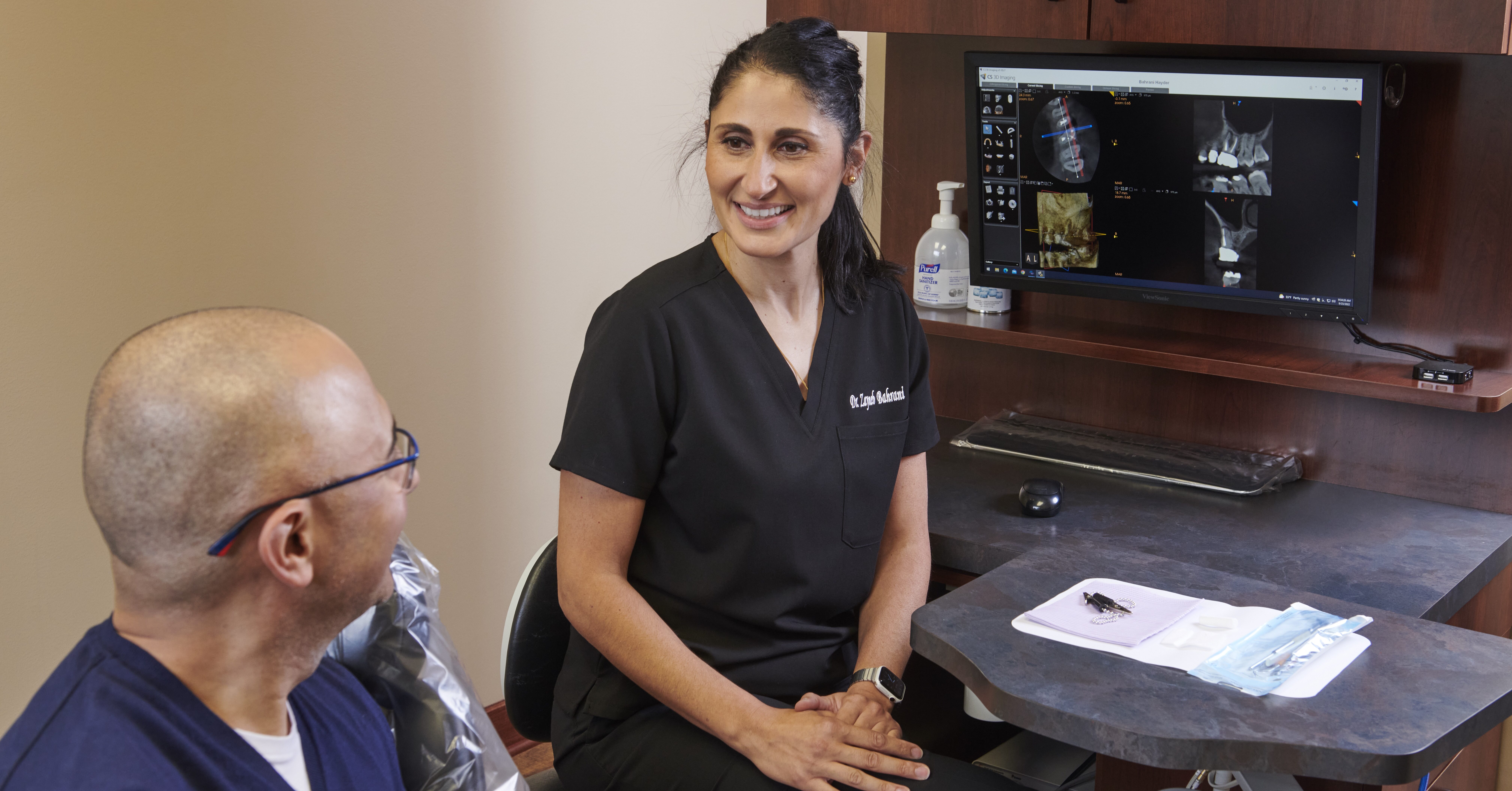Treatment Planning
The AAE provides several resources for general dentists and endodontists to guide treatment planning to save the natural dentition. Use the information below to aid in determining the complexity of endodontic treatments, identify treatment options in difficult cases, and assess and treat dental trauma.

Treatment Options Guide
Tough cases don't have to mean extracted teeth. Many endodontic treatments can save the natural tooth for a lifetime! The AAE's Treatment Options for the Compromised Tooth: A Decision Guide helps you evaluate a variety of conditions using case examples with radiographs and clinical photographs, clinical considerations, and guidance for successful outcomes based on prognosis.
Case Assessment Tools
The AAE's Case Difficulty Assessment Form and related resources help clinicians assign levels of difficulty to a case by assessing personal and patient factors that may affect the outcome of treatment. The form may also be used to assist with referral decision making and record keeping.
Traumatic Dental Injuries
The AAE's Guidelines for the Treatment of Traumatic Dental Injuries and related resources explain the management of traumatic dental injuries. The information is designed to assist the dental team in providing quality patient care and reducing the risk of tooth loss.
Informed Consent
Endodontists, like all health care providers, are legally required to obtain a patient’s informed consent before performing a procedure. Read the AAE's recommendations for obtaining and recording informed consent.
Dental Implant Resources
Dental implants are the best option to replace missing teeth, but should not be a substitute for endodontic treatment. Review information that should be considered before tooth extraction.




